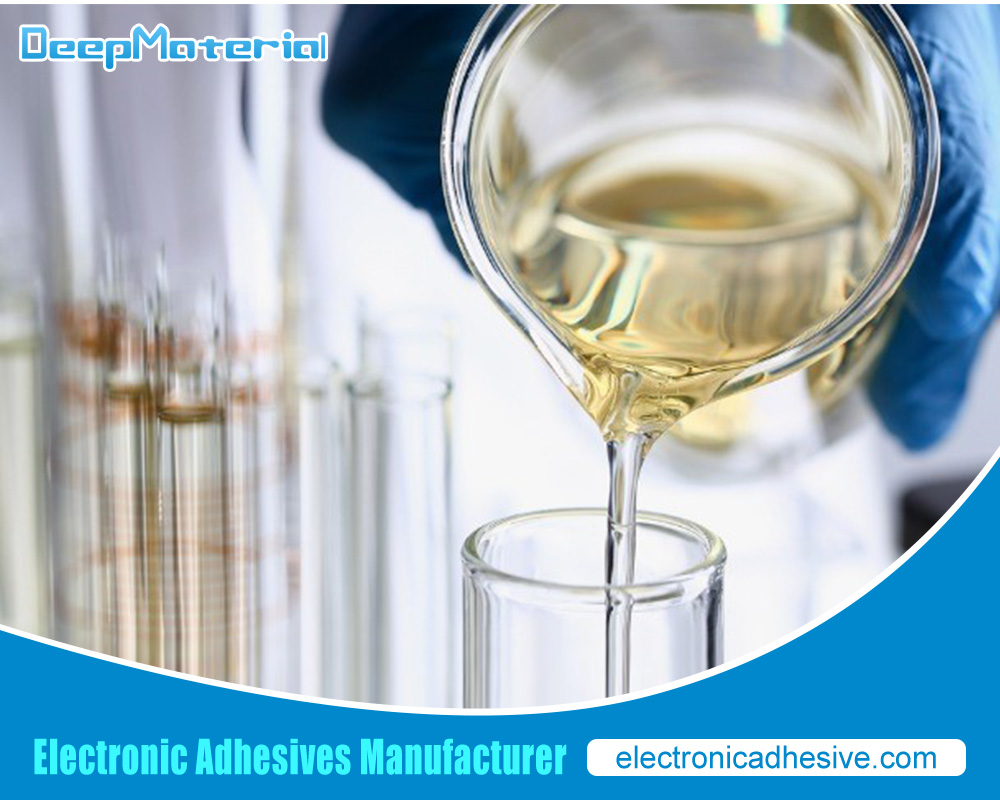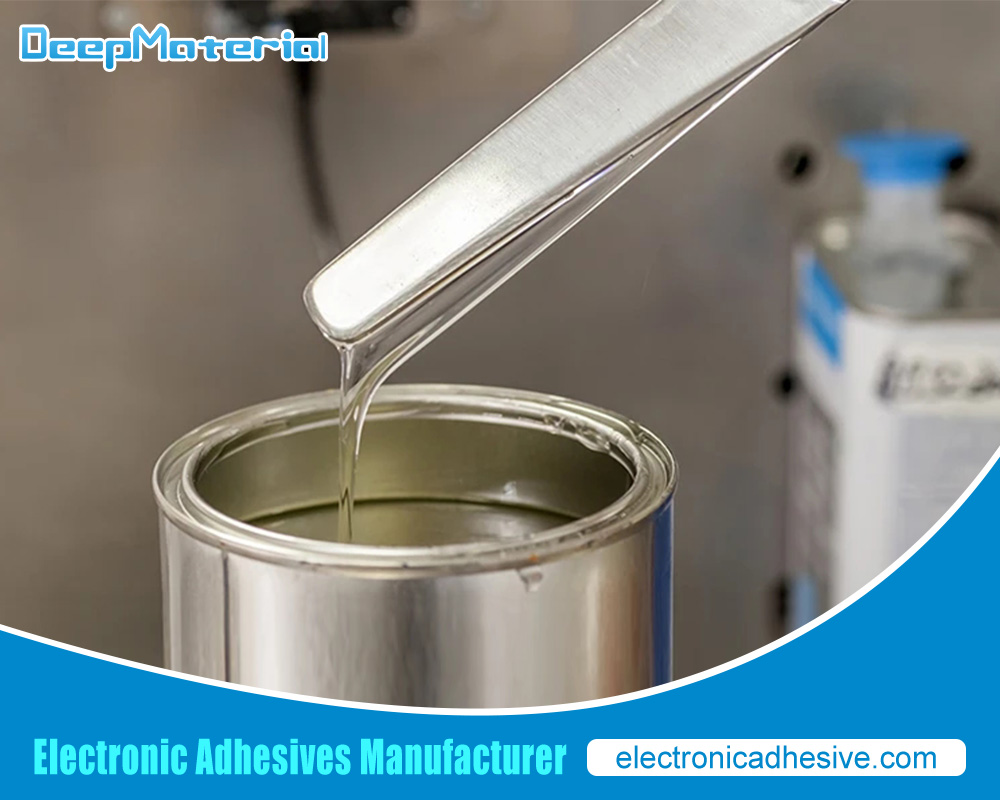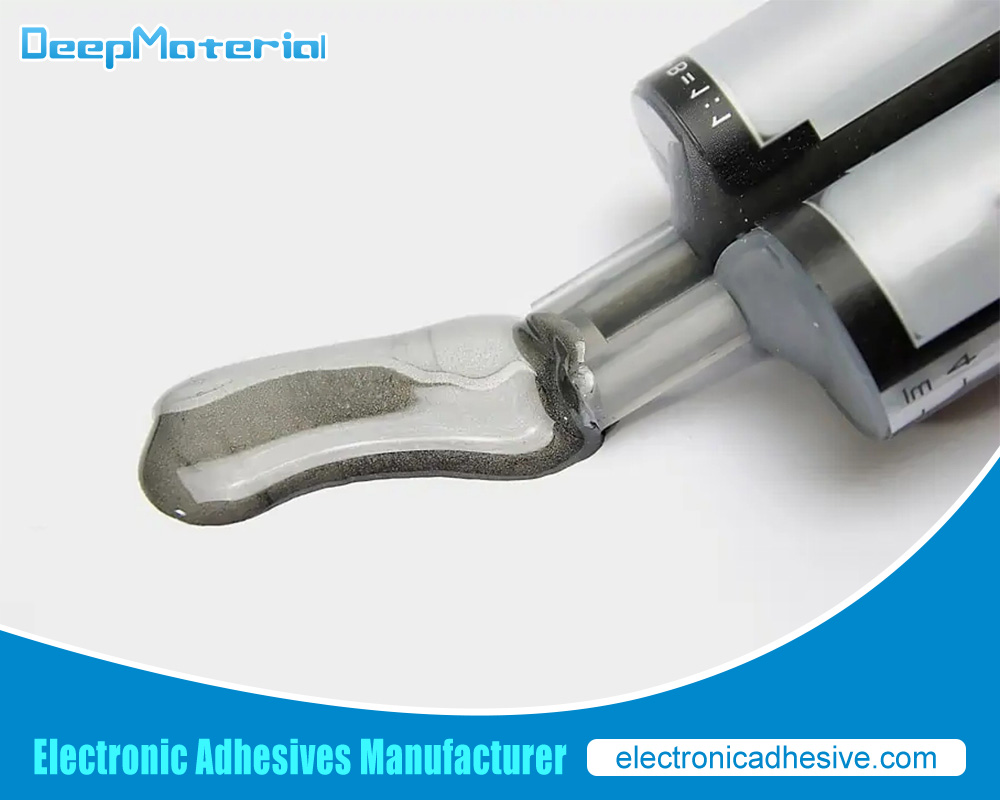Exploring Different Types of Potting Epoxy Adhesive Glue for Electronics
Exploring Different Types of Potting Epoxy Adhesive Glue for Electronics
Potting epoxy adhesive glue is a specialized adhesive commonly used in the electronics industry. It’s designed to protect and insulate electronic components, boosting their longevity and reliability. This glue is typically used to encapsulate or pot electronic components, forming a protective barrier against environmental threats like moisture, dust, and vibrations.
The importance of using potting epoxy adhesive glue for electronics cannot be overstated. Electronic components often face harsh conditions such as temperature changes, humidity, and mechanical stress.
Without adequate protection, these factors can degrade components and potentially lead to electronic device failure. Potting epoxy adhesive glue offers a dependable protective layer that shields components from these environmental challenges.

The Importance of Potting Epoxy Adhesive Glue for Electronics
A key reason why potting epoxy adhesive glue is essential for electronics is its protective capabilities against environmental factors. Moisture, dust, and other contaminants can sneak into electronic devices, causing corrosion or short circuits. Encapsulating components with potting epoxy adhesive glue keeps these harmful elements at bay, securing the device’s longevity and reliability.
Besides protection, potting epoxy adhesive glue also enhances the durability and reliability of electronic components. The encapsulation process strengthens the bond between the adhesive and the components, providing mechanical stability and resistance to vibrations. This is crucial for preventing damage from shocks or movement during transportation or use.
Moreover, potting epoxy adhesive glue is vital for effective thermal management in electronic devices. Proper heat dissipation is critical for maintaining the performance and lifespan of electronic components. Encapsulating them with thermally conductive epoxy adhesives helps transfer heat away from the components, preventing overheating and promoting optimal performance.
Types of Potting Epoxy Adhesive Glue for Electronics
There are various types of potting epoxy adhesive glue available, each suited for different needs and environments:
Silicone-based epoxy is favored for its excellent flexibility, high-temperature resistance, and strong electrical insulation properties. It’s ideal for applications expecting thermal cycling or extreme temperatures.
Polyurethane-based epoxy is noted for its robust mechanical strength and chemical resistance. It’s often chosen for applications that need to withstand solvents, fuels, or other harsh chemicals.
Acrylic-based epoxy stands out for its rapid curing time and superior adhesion to various substrates. It’s typically used in projects requiring quick completion or when bonding different materials.
Epoxy novolac is a specialized epoxy adhesive known for its exceptional chemical resistance and high-temperature stability. It’s suitable for situations where exposure to aggressive chemicals or high temperatures is likely.
Each type of potting epoxy adhesive glue offers unique benefits, making it crucial to select the right one based on the specific requirements of your electronic application.
Advantages and Disadvantages of Different Types of Potting Epoxy Adhesive Glue
Each type of potting epoxy adhesive glue has unique strengths and weaknesses, making it essential to pick the right one for your project.
Silicone-based epoxy is great for its flexibility and ability to handle high temperatures. It’s a good choice if you need something that can deal with thermal cycling or extreme heat. The downside? It’s not as tough in terms of mechanical strength as some other epoxies.
Polyurethane-based epoxy is strong mechanically and resistant to chemicals, which makes it ideal for jobs that might get a bit messy with solvents or fuels. The catch? It doesn’t do as well with high temperatures as silicone-based epoxies.
Acrylic-based epoxy sets quickly and sticks well to different materials, perfect for projects that need to move fast or involve multiple types of surfaces. However, it might not hold up as well under high temperatures compared to silicone or polyurethane epoxies.
Epoxy novolac stands out with superb chemical resistance and stability under high temperatures, making it the go-to for harsh chemical environments or hot conditions. But, it’s not as flexible as other epoxy types.
When picking the right epoxy, think about material compatibility and cost, too.
Factors to Consider When Choosing Potting Epoxy Adhesive Glue for Electronics
Choosing the right potting epoxy adhesive glue for electronics involves several important considerations to ensure the best performance and reliability.
Operating Temperature Range: Different devices operate within various temperature ranges. It’s crucial to select an epoxy that can withstand the specific temperatures your device will encounter without compromising its effectiveness or damaging components.
Curing Time: The speed at which an epoxy cures is important depending on your project timeline. Some setups require quick curing times to keep production moving, while others can afford a longer wait. Pick an epoxy that aligns with your needs.
Chemical Resistance: Especially relevant in environments where electronics might meet aggressive chemicals or solvents, the chosen epoxy should maintain its integrity and adhesion when exposed to such conditions.
Viscosity: The thickness of the epoxy affects how it flows and fills gaps. Choosing an epoxy with the right viscosity ensures it can properly encapsulate and protect electronic components by reaching into all the necessary spaces.
Selecting the right epoxy involves balancing these factors to match the specific demands of your electronic applications.
Troubleshooting Common Issues with Potting Epoxy Adhesive Glue for Electronics
Even when you think you’ve done everything right, sometimes things just don’t go as planned with potting epoxy adhesive glue for electronics. Here are a few common snags and how to fix them:
Air bubbles: Nobody wants their epoxy looking like Swiss cheese. Air bubbles can creep in during mixing or applying, weakening the adhesive. To keep bubbles at bay, mix the epoxy thoroughly yet gently, and apply it smoothly without whipping it into a frenzy.
Incomplete curing: If your epoxy hasn’t set properly, you’re left with a bond that’s about as strong as a limp handshake. To avoid this, stick religiously to the manufacturer’s guidelines for curing time and temperature.
Adhesion failure: This is the classic “you had one job” scenario. If the epoxy isn’t sticking, it might be because the surfaces weren’t clean enough to start with. Make sure you clean and degrease your surfaces thoroughly before application to form a stronger bond.
Case Studies: Real-World Applications of Potting Epoxy Adhesive Glue for Electronics
Potting epoxy adhesive glue isn’t just good on paper; it’s proven its worth in the real world across various industries:
Automotive electronics: In cars, potting epoxy helps protect electronic components from getting rattled by vibrations, drowned by moisture, or fried by temperature changes. It’s essential for keeping vehicle electronics reliable over the long haul.
Aerospace and defense: When electronics need to survive the wild blue yonder or the battlefield, potting epoxy ensures they can handle extreme conditions like crazy temperatures, high altitudes, and exposure to aggressive substances.
Consumer electronics: In gadgets like smartphones and tablets, potting epoxy plays the unsung hero. It defends against moisture and everyday knocks, helping your precious devices last longer.
These examples show just how crucial it is to pick the right epoxy for the job to ensure electronics can stand up to their environments.

Last Words
In wrapping up, potting epoxy adhesive glue is the unsung hero in electronics, providing critical protection and boosting the performance of components. It’s a shield against environmental threats, beefs up durability, and aids in managing heat. When choosing potting epoxy, keep in mind factors like temperature tolerance, curing time, chemical resistance, and viscosity. Proper application and careful storage are also key to making the most of this powerhouse adhesive. Choose wisely and apply carefully, and you’ll enhance the life and reliability of your electronic devices.
For more about exploring different types of ptting epoxy adhesive glue for electronics, you can pay a visit to DeepMaterial at https://www.electronicadhesive.com/ for more info.










